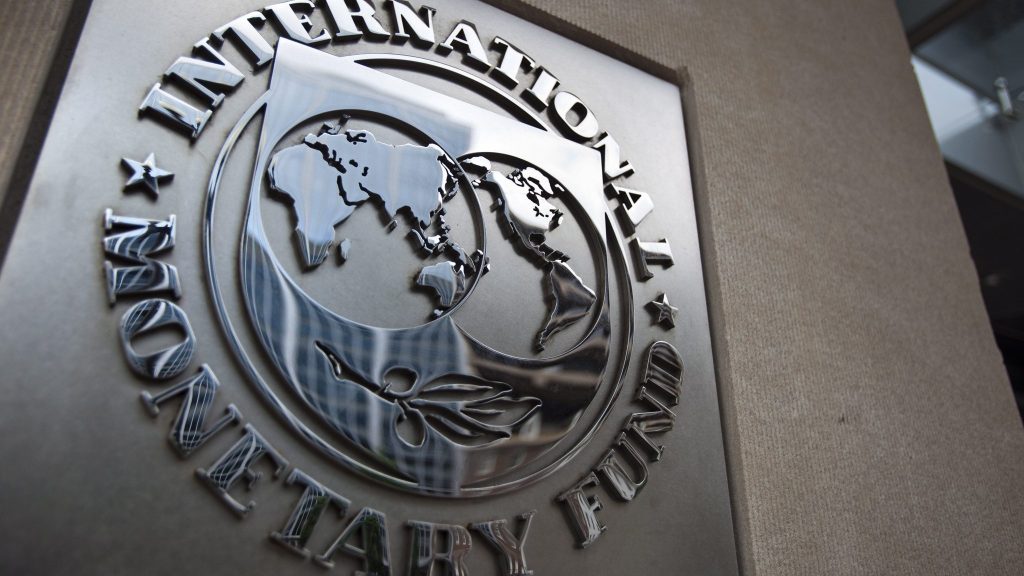In a recent publication by the International Monetary Fund – IMF, a review of a total of 133 of their programs ranging between 2011 and 2017. The findings reveal that 75% of the IMF programs were either fully or partially successful in achieving their overall objectives.
Key insights that can be drawn from the review include the following:
ONLY IN ONE THIRD OF IMF PROGRAMS DID DEBT SUSTAINABILITY IMPROVE, AND IN MANY COUNTRIES, INDEBTEDNESS OVERSHOT EXPECTATIONS
- In emerging markets and lower-income countries with IMF programs, the review reported a large and rapid increase in debt.
- Where debt sustainability did improve, it was in most cases where initial debt vulnerabilities were high, and programs involving debt restructuring tended to be more successful than those without.
- In several programs, most of which went off track, debt overshot projections by a significant margin, reflecting disappointing growth, unexpected exchange rate depreciation and higher fiscal deficits.
- The leading causes of deterioration in debt sustainability were fiscal slippages (for example in Tunisia), lower growth (Greece and Portugal), bank recapitalization costs (Serbia), and assumption of SOE liabilities (Portugal).
- One lesson taken from the review is the need to improve the coverage of public debt data to provide a more accurate picture of debt vulnerabilities.
- Following the review the IMF intends to review its debt limits policy, re-work its guidance on collateralized debt, and impose conditions on improving governance arrangements for the contracting of debt. This is consistent with a broader drive for improved debt transparency.
IMF GROWTH PROJECTIONS NEED TO BECOME MORE REALISTIC
- The review finds that growth assumptions on which the programs were designed were often too optimistic, because of global projection errors, the underestimation of fiscal multipliers, and the overestimation of structural reform payoffs.
- The lesson is that, there is a need for increased scrutiny of macroeconomic projections and improved contingency planning.
THE IMF MIGHT APPLY LESS PRESSURE ON FISCAL CONSOLIDATION IN THE FUTURE
- The review finds that many programs applied fiscal adjustments that were less growth-friendly than initially envisaged.
- Fiscal adjustment tended to be achieved by cutting public investment, curtailing future growth, rather than by lowering current spending or raising revenue.
- The review suggests that IMF programs could set a floor for critical public investments.
About the author: Gregory Smith is a respected Economist currently serving as Director Fixed Income at Renaissance Capital. He has also worked as Regional Economist for the World Bank.

